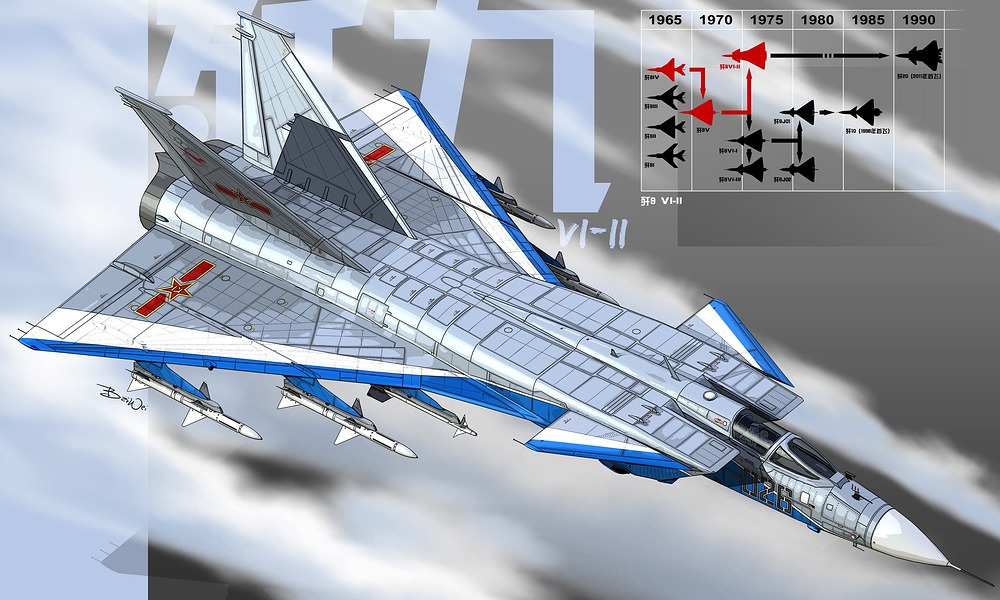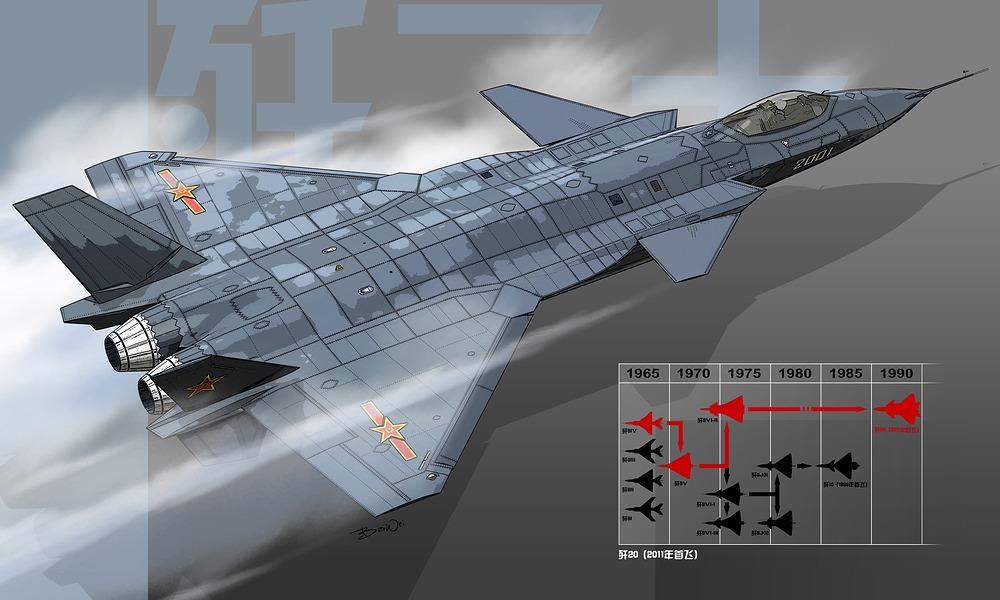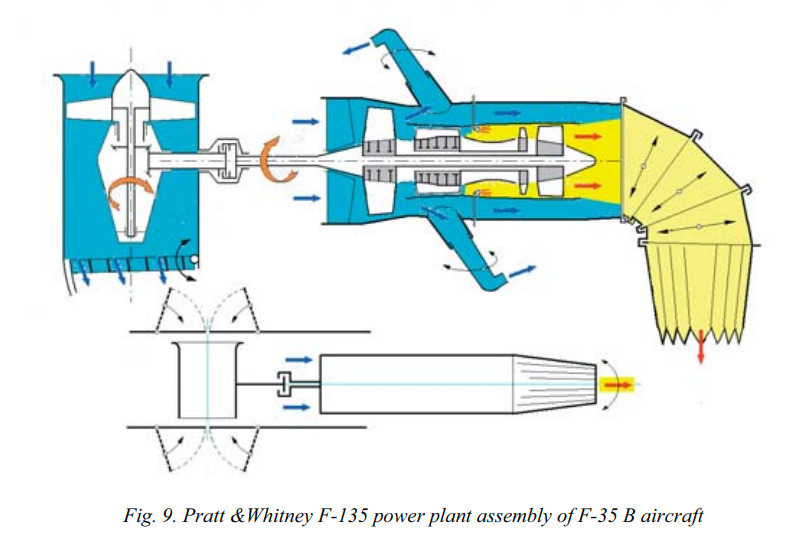Yeah but funny stealth plane dogfights.
If it interests you, the J-35 (carrier variant) apparently has an internal cannon.
Mostly on helicopters with rotating turrets
Huh?
This might be it
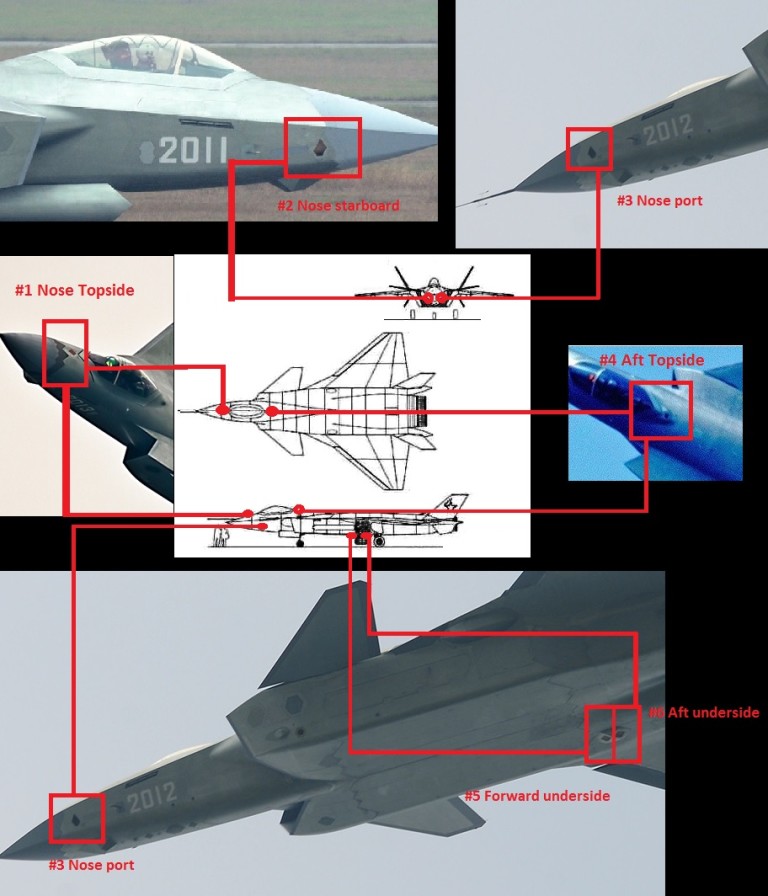
so full 360 other than behind? wait that bottom one is 2, nvm. so its full 360
Do yk how many cms it has? I remember it had cms right next to the engines, but only time i saw them i think they were covered
Can barely count the dispensers, but I think 108?
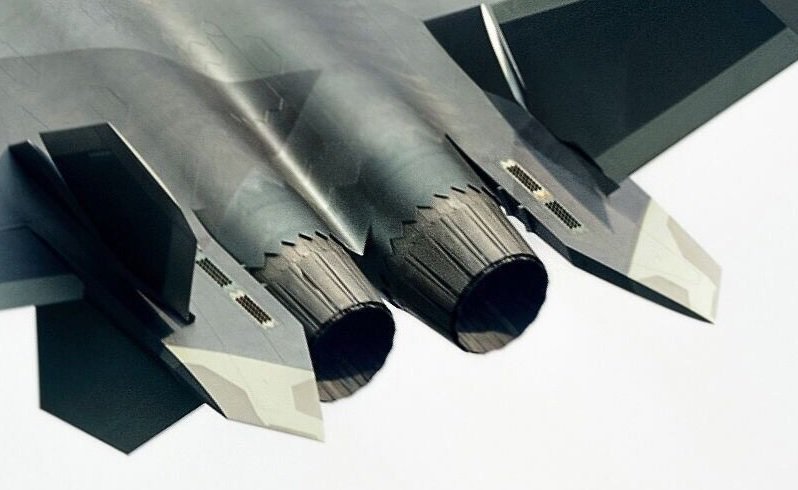
Uh… No. Absolutely not.
It is inherently variable bypass especially in the model the F-35B utilizes to guide air through the stabilization vents and to modulate how much is making it through. The others simply cannot utilize the variable bypass the same way as a traditional variable bypass would - yet the core and features are still the pinnacle of fighter jet engines on any in-service aircraft.
TL;DR
You’re right, the F-135 is not a traditional variable bypass ratio engine (something we’ve been producing since the 70s), but it does still have a variable bypass air duct.
Ah, I must have missed where the convo was on the F-35B, I had the F-35A in mind.
I believe it can still vent cold bypass air on F-35A without needing to accelerate it in the hot section to overcome losses like on the F119. Could be wrong.
Yeah looks like 9x12 which is 108
…You mean bleed air?
It could be considered bleed air, although this is usually directed somewhere else internally like to start another engine or whatever. The raw volume of bleed air needed to be used for control of aircraft maneuvers in VTOL modes is considerably larger, and to vent sufficient amounts to reduce losses in exhaust velocity in dry thrust conditions is also quite a large amount.
Not really, for almost every engine there are multiple sources of bleed air that are used for both powerplant purposes and airframe.
I’ve yet to see anything that can bleed sufficient bypass air to relieve the core from having to accelerate all of that subsonic air through the exhaust.
Bypass air isn’t bled, nor is it directly reintroduced to bypass routing unless it’s air already used for cooling or accessory function.
What “relieving” would the core need?
Bypass air is subsonic and must be accelerated in the exhaust when mixing with the accelerated hot core airflow. Super cruise top speed is generally a function of exhaust velocity and thus excess bypass air is detrimental towards super cruise capability.
Of course, some bypass air is beneficial for cooling and efficiency, as well as after burning thrust. So the solution between conventional designs like the F119 and full variable cycle engines is a simpler variable bypass. The F-135 has major bypass ducts for the VTOL stabilization system. It has quite a lot of innovations that expand the performance envelope in spite of a much larger bypass than the F119.
China does not have an in-service engine with any kind of variable bypass, it is estimated they are just now achieving similar technology in turbofans as the F119.
